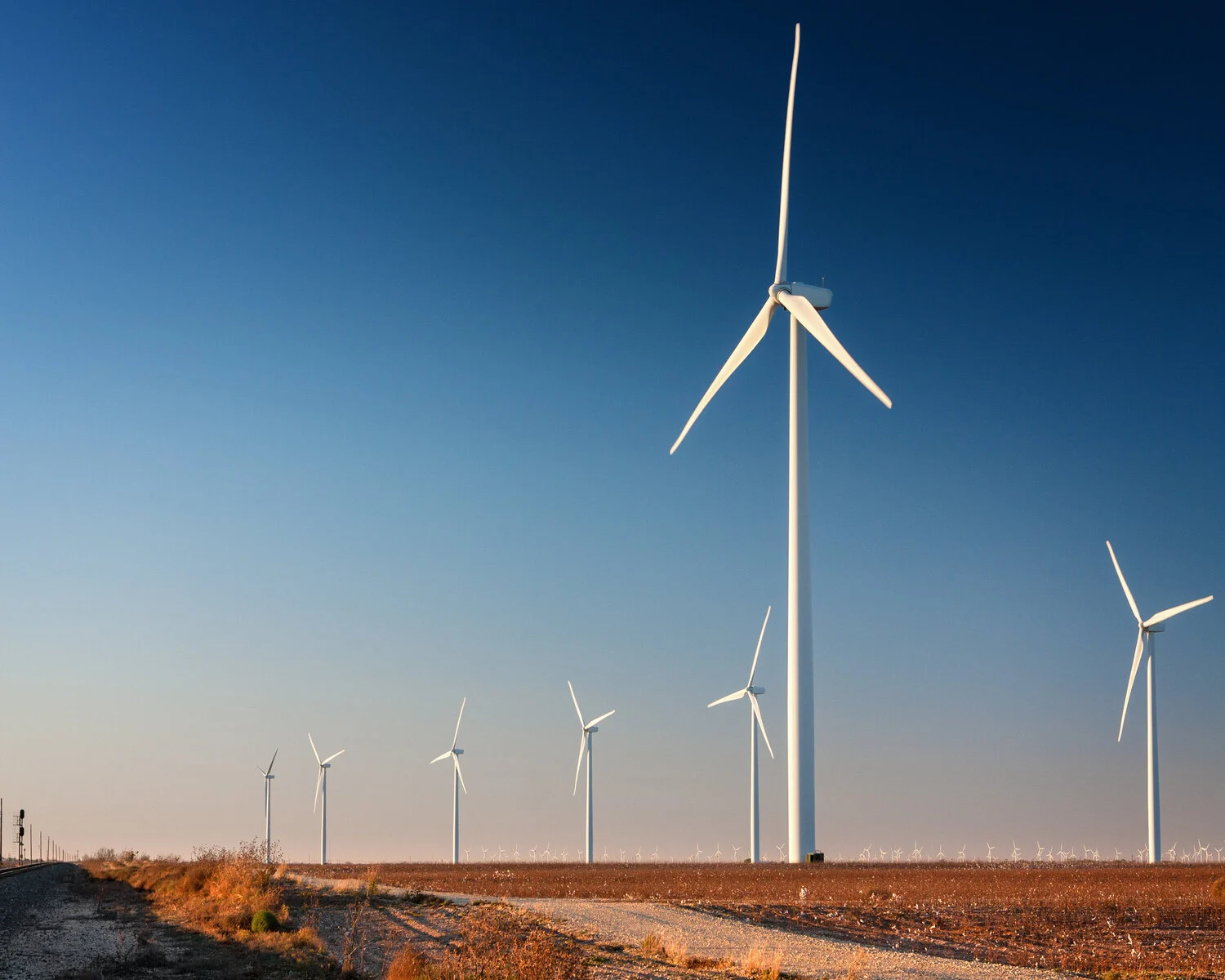
Listen to the audio version
Don't Mess with Texas, they say. And while that slogan might have been designed for a littering campaign, it's pretty applicable to the state's excellent renewable energy profile.
Transect's studies rank Texas as one of the top states for renewable development, and the nation agrees: Texas is a boss when it comes to energy. Much of this is due to the state's investment in wind farms, although solar farms in Texas are becoming more numerous.
However, its energy market is far from secure. Texas faces challenges that include a lack of regulatory support for clean energy, extensive amounts of protected species, and an unstable power grid to support.
Texas Development Challenges: The Big Three
At first blush, it's confusing why Texas faces many pitfalls in moving to renewables.
After all, as of 2022, "Texas generated 136,118 gigawatt-hours from wind and utility-scale solar, most of it from wind," according to Inside Climate News. "The runner-up was California with 52,927 gigawatt-hours, most of it from utility-scale solar, according to the Energy Information Administration."
The Texas Tribune adds, "Solar, wind and other renewables exclusively power businesses, colleges and even one town in the state." From Austin to Houston, Dallas to the small towns that dot this corner of America, clean energy is big business.
Yet despite growing solar energy and an electric grid that desperately needs reliable electricity generation, Texas seems to have hit a major rough patch. Most issues can be divided into three basic camps: unfavorable sentiment from Texans, grid barriers to developing energy sources, and environmental challenges.
1. Local Sentiment
Given its massive success in renewable energy production, it's confusing that Texas isn't also leading the way in leaving power plants and natural gas plants behind. If the state can produce so many megawatts and gigawatts cleanly, from wind farms and otherwise, why doesn't it?
The winter storm of 2021 is part of the problem. Millions of people were affected, and the resulting outages lasted more than two weeks. Although not everyone was affected for the duration, faith in the power grid suffered a hefty blow.
Today's American politicians, especially those in Texas, are asking whether renewables can handle the strains placed on Texas's grid by each storm and heat wave that passes by or if the result will be more—and more severe—blackouts. Many are pushing back on solar and wind energy, promoting natural gas production as the solution in an emergency despite known emissions and contributions to climate change.
2. Grid Barriers
Despite the widespread desire for support for the power grid to prevent another winter storm, there is little external support to facilitate the development of wind, hydro, geothermal, or solar energy. Why?
"Like any long-term relationship, it's complicated," explains The Texas Tribune, "especially for a state rooted in fossil fuels." The bulk of the grid was built in the 60s and 70s when fossil fuels were the primary energy source – and no one was planning for a mass influx of the solar energy and other renewables needed to meet our climate goals.
Interconnection thus becomes a problem. Fossil fuel-burning power plants are located very differently in connection to the grid than utility-scale energy projects for renewable energy, such as Texas solar power.
Current proposed changes to the grid could also impact its ability to meet demand. The main overseer in Texas, ERCOT (the Electric Reliability Council of Texas), is considering upgrading its technology to avoid blackouts during weather events or other disturbances. However, many believe those upgrades could damage the ability of solar development and other renewables to get online.
This is a concern that renewable companies in the ERCOT region have voiced loudly and something with which anyone who hopes to implement a solar farm or other clean energy project will have to contend.
3. Environmental Challenges
Then, of course, there are the environmental challenges. Moving on from fossil fuel energy development to wind power, solar power, and other renewable energy development projects will require overcoming these hurdles. They include a slow permitting process as well as a large number of endangered species and Texas heritage trees.
The good news is that the state has recognized species and habitats' ability to hamper much-needed projects to meet energy demand and is now instituting better research initiatives. These will hopefully help strike a balance between solar projects or other clean energy and the species we want to steward for future generations.
Getting in Front of Challenges for Renewable Development in Texas
Regardless of location or focus within the renewable energy industry, today's developers require advanced tools to succeed. Identifying viable sites for power generation, from solar panels and wind turbines to geothermal installations and beyond, is crucial. Without this capability, meeting the energy demands of the 21st century is unattainable.
Transect empowers developers to discover and assess project sites within minutes. Given the urgency of understanding a site's viability, Transect provides comprehensive insights into environmental risks, local sentiment, transmission capacity, voltage availability at nearby substations, and other critical factors. Transect ensures developers can make informed decisions quickly and efficiently by simplifying these complexities.
Get in touch for a demo to learn more!
